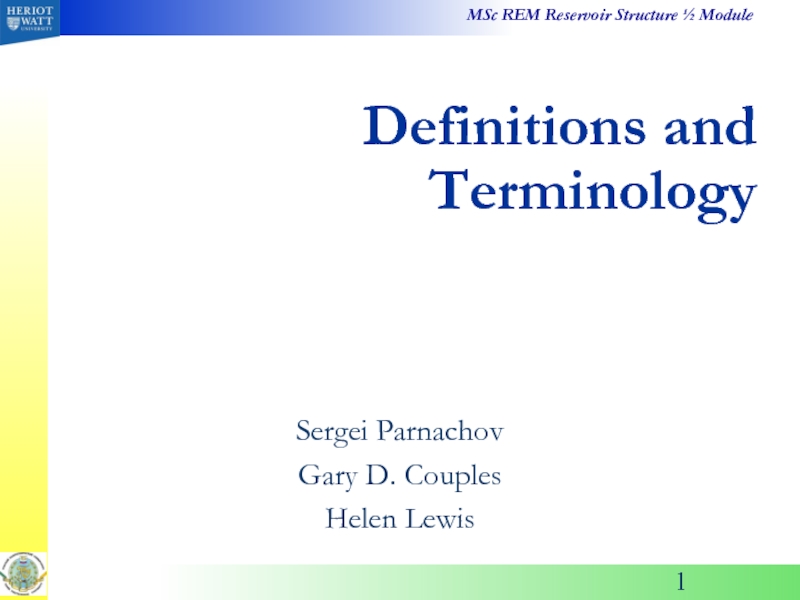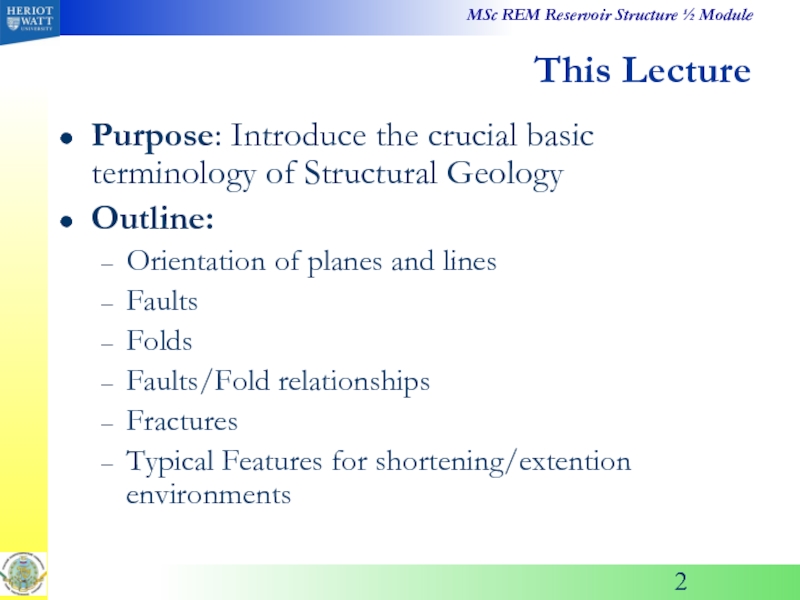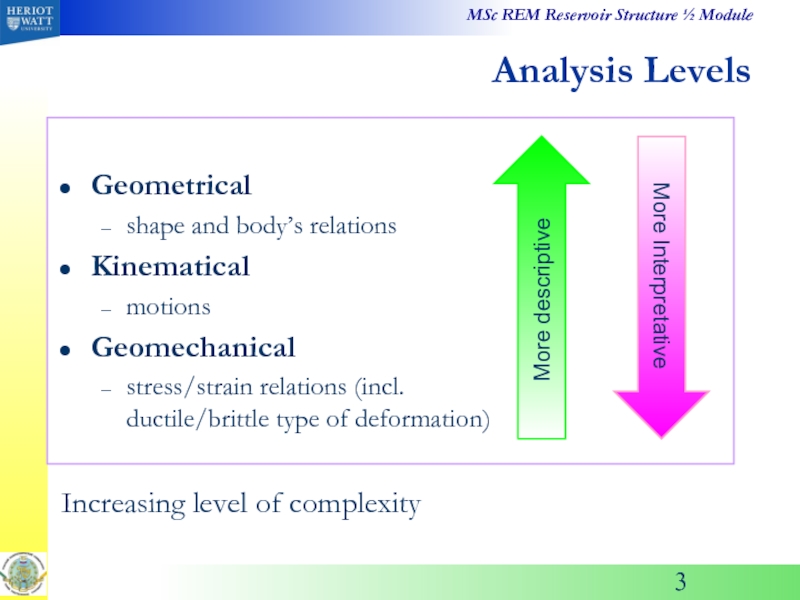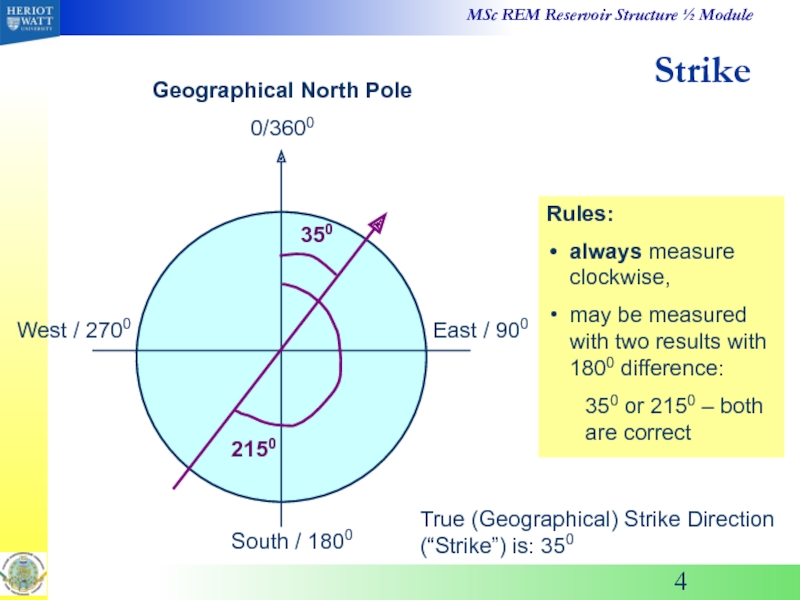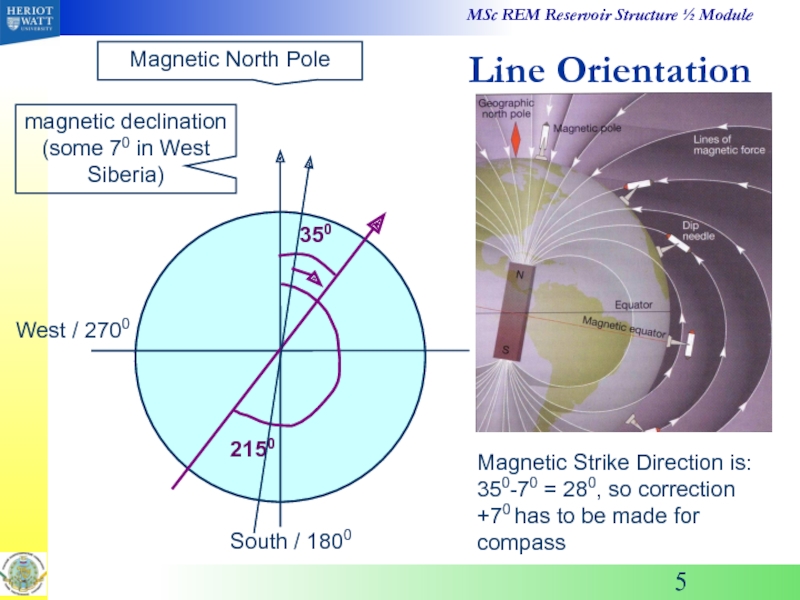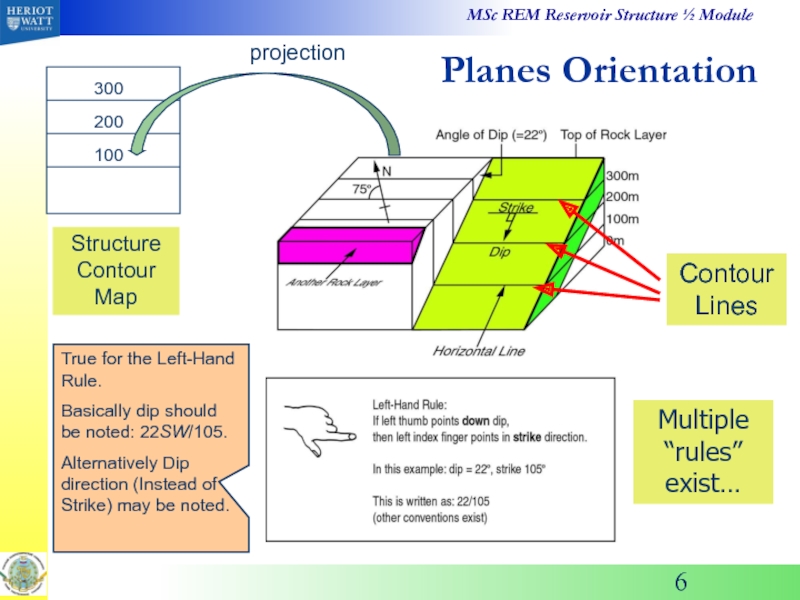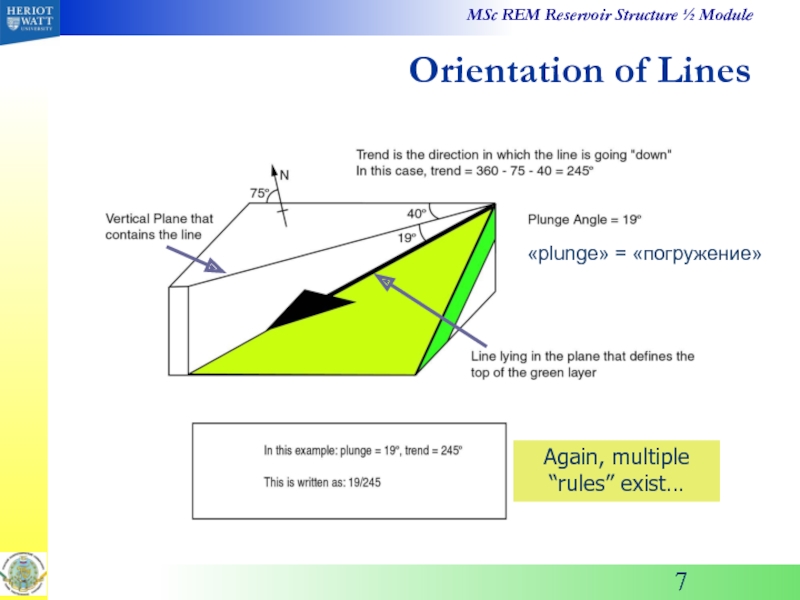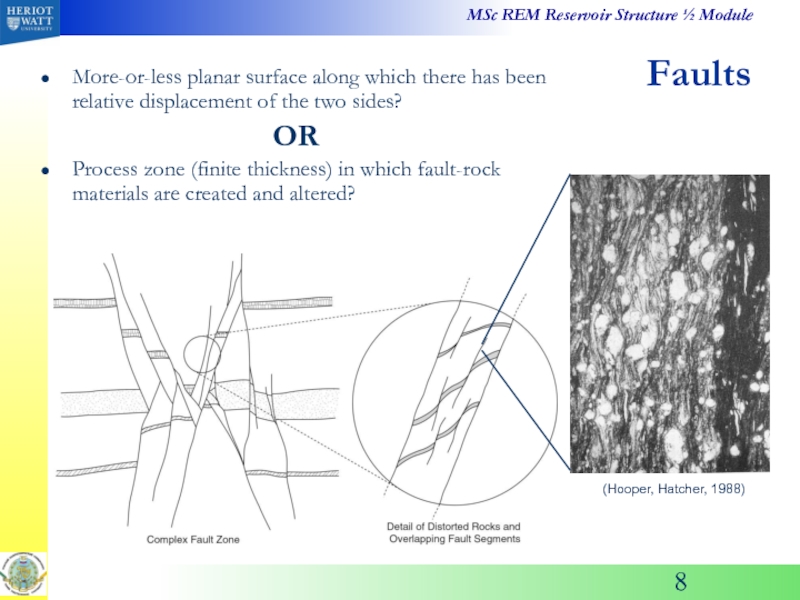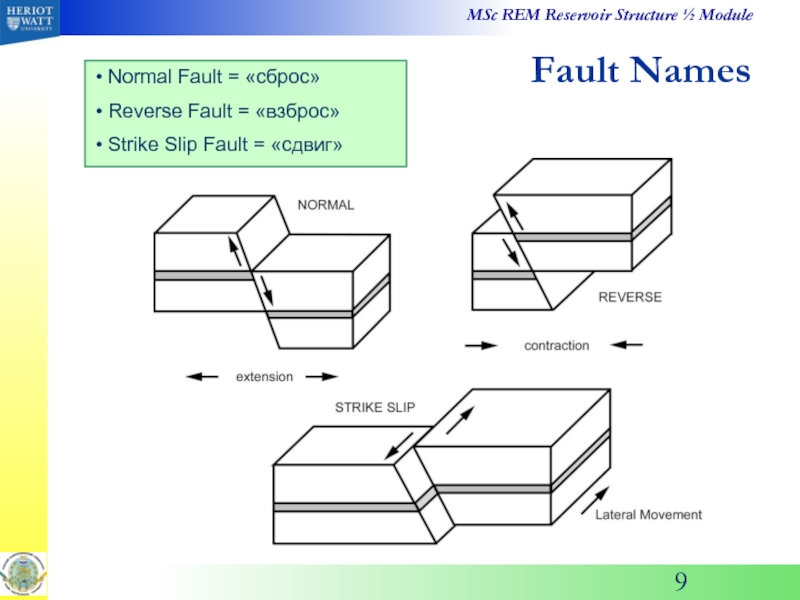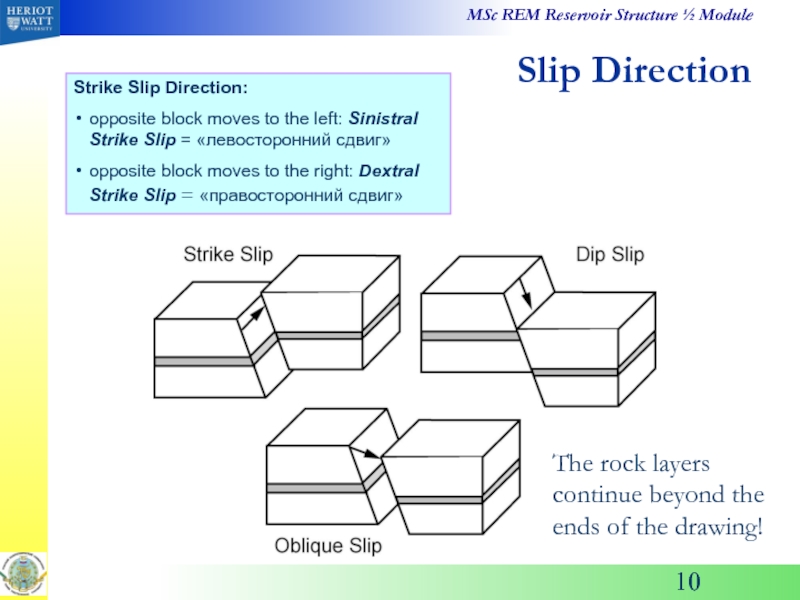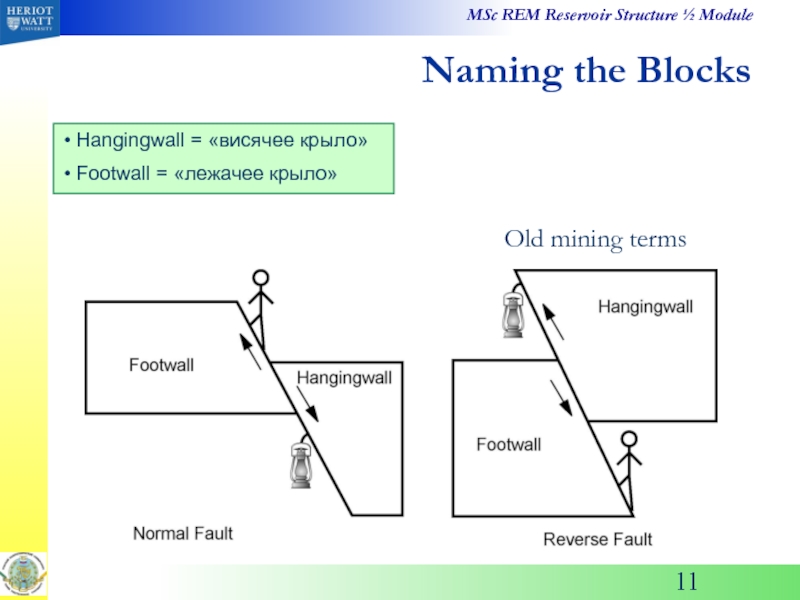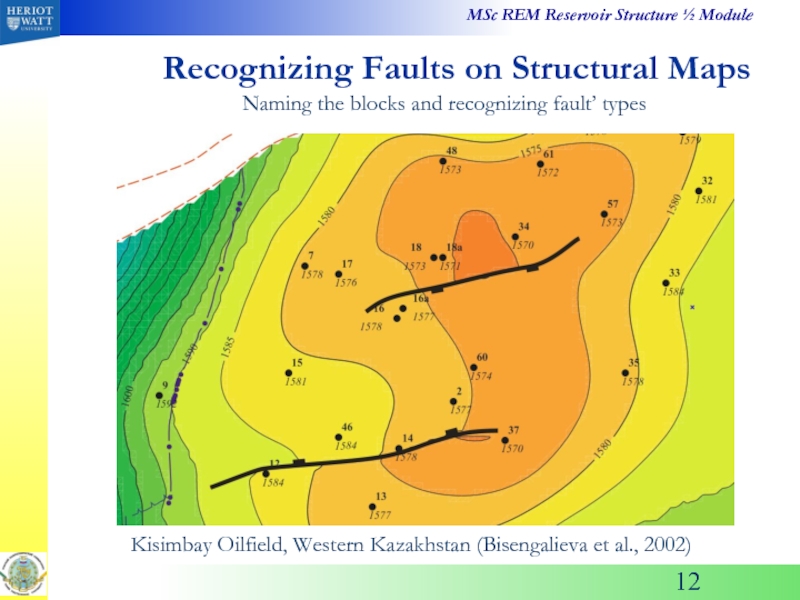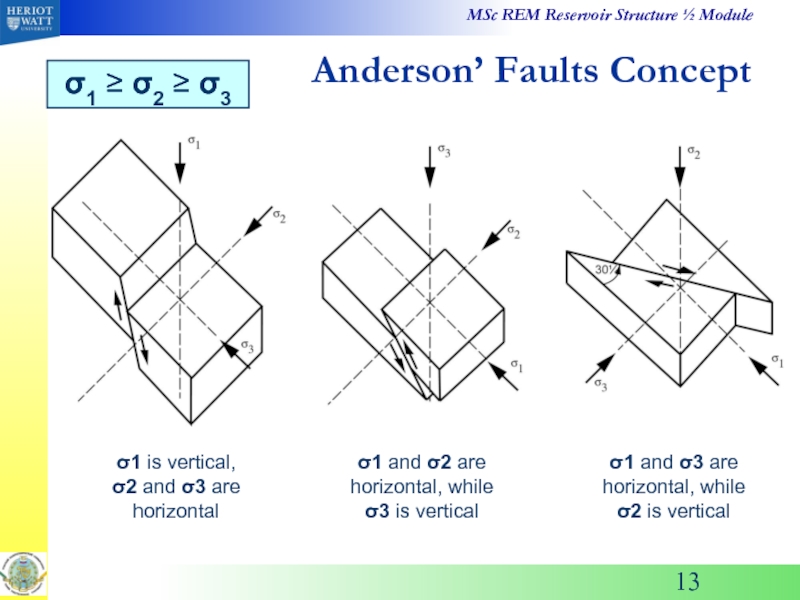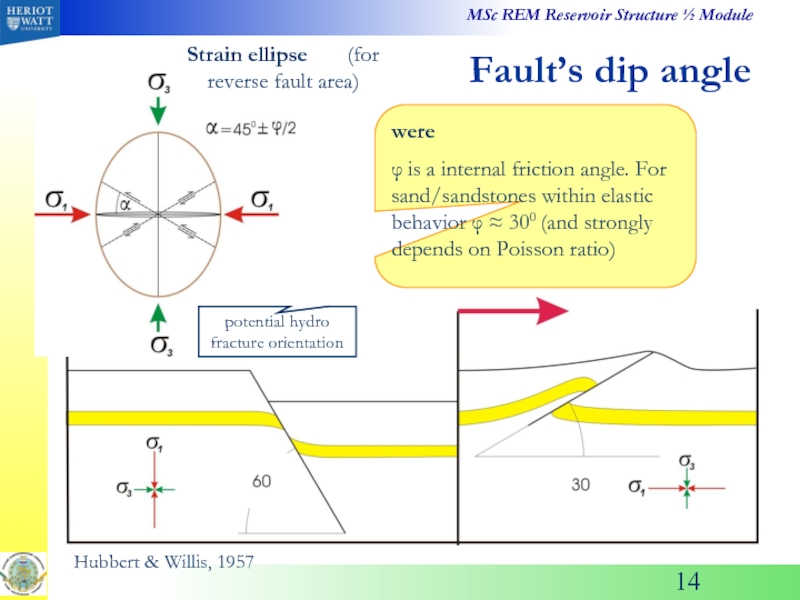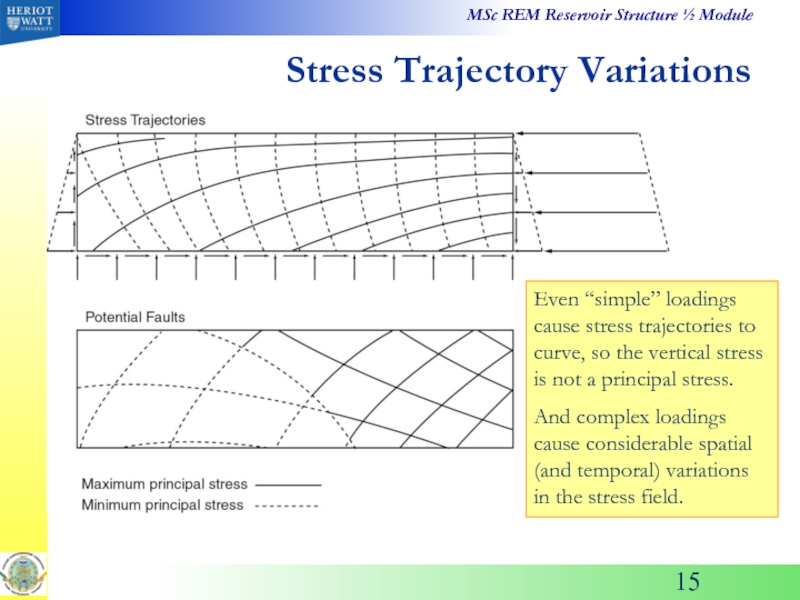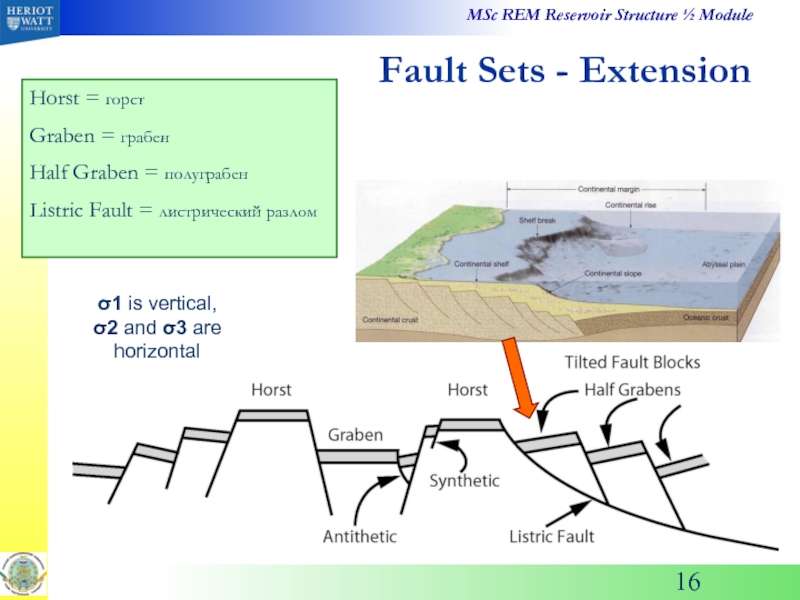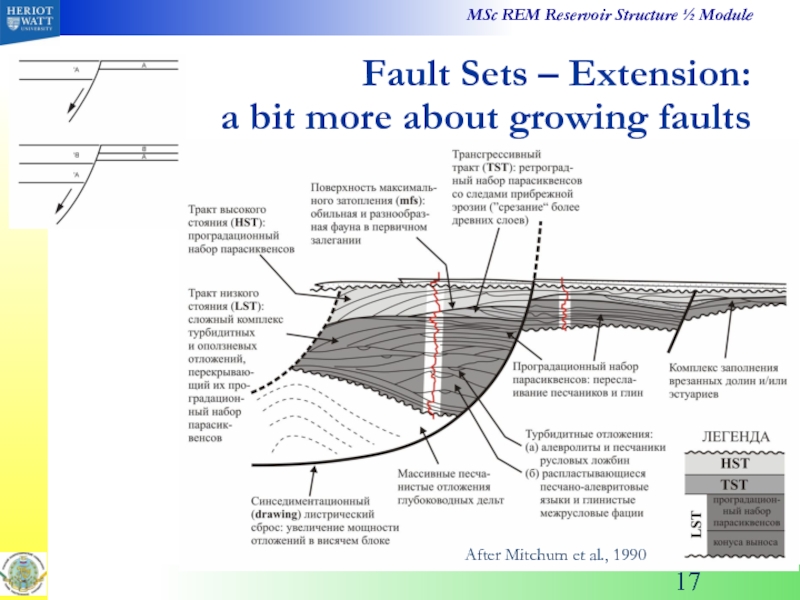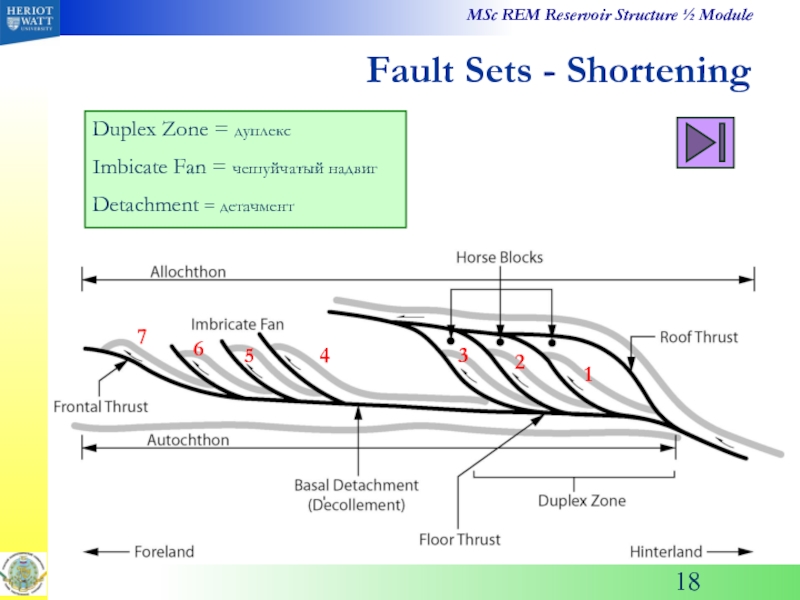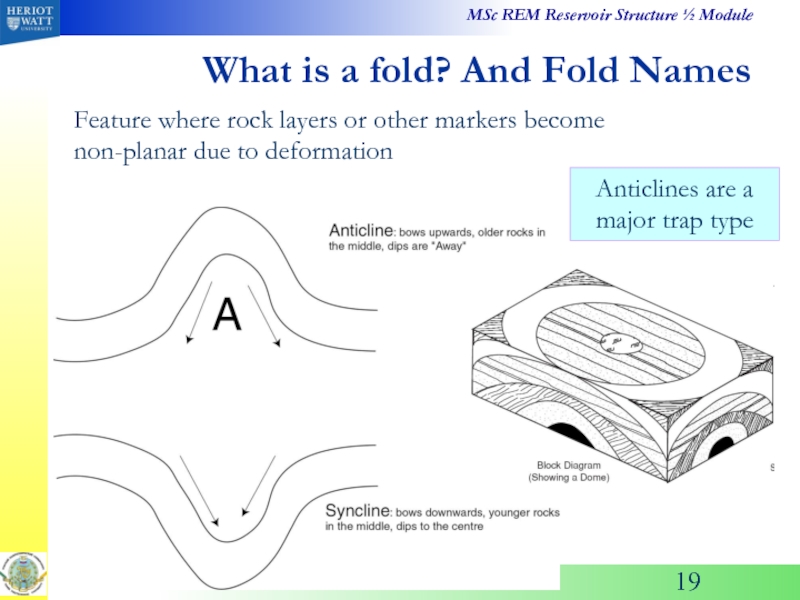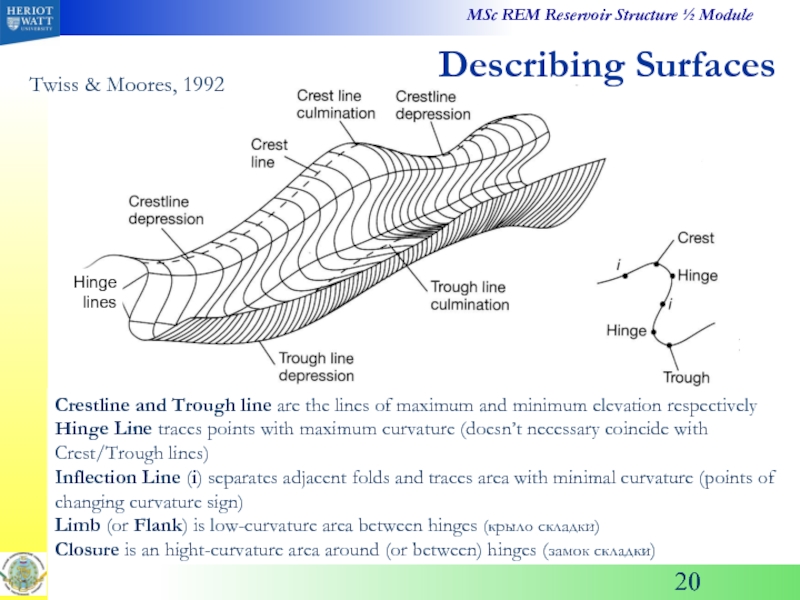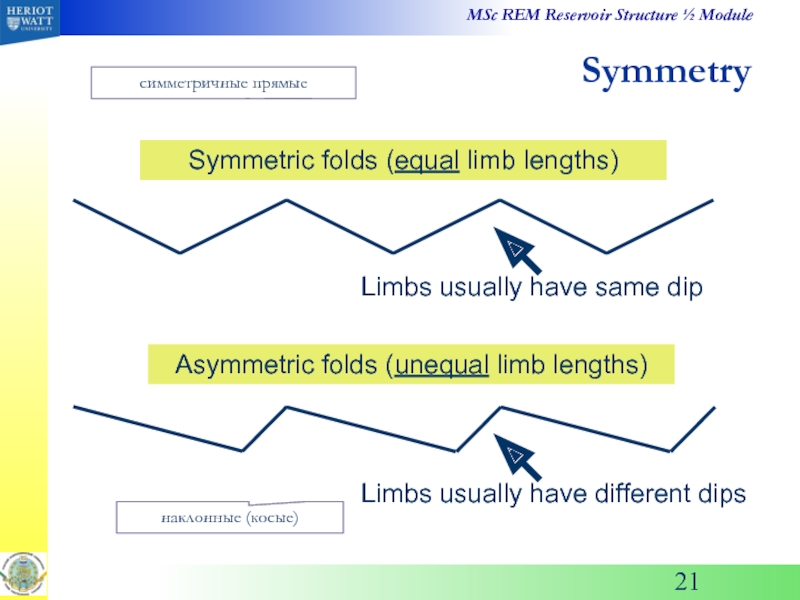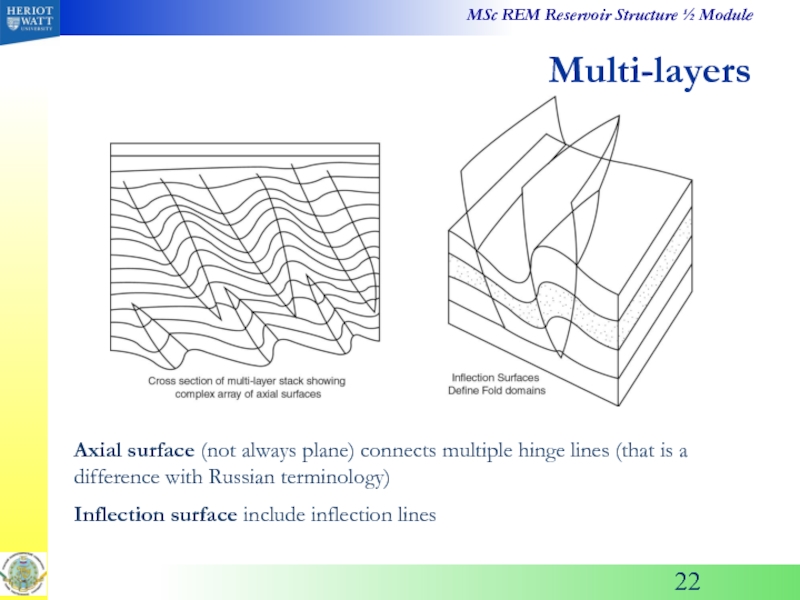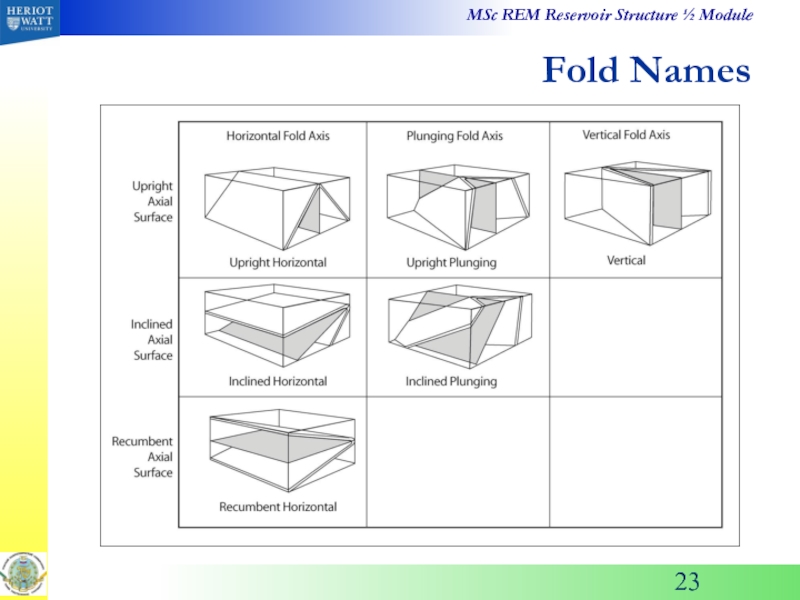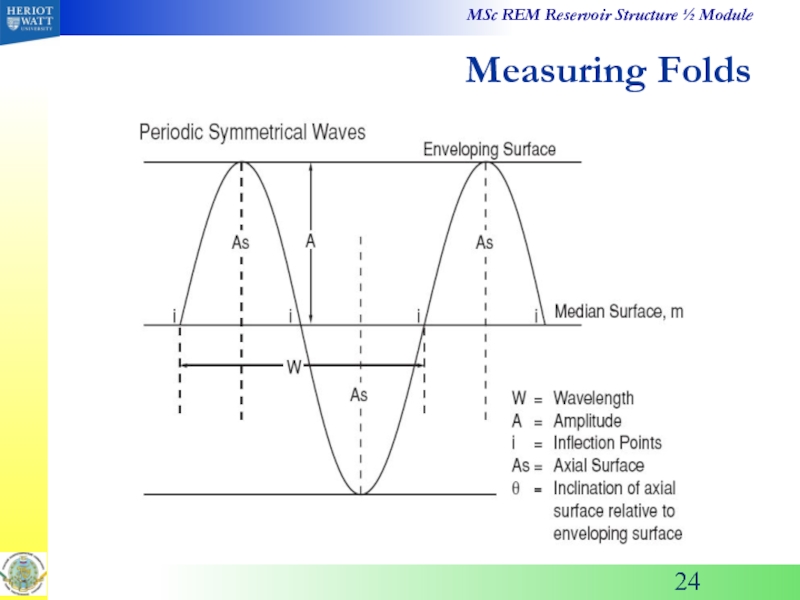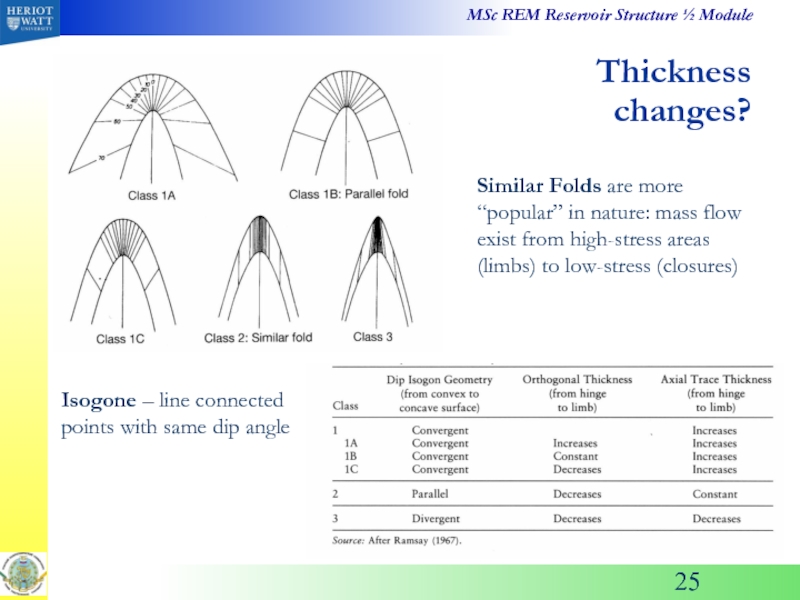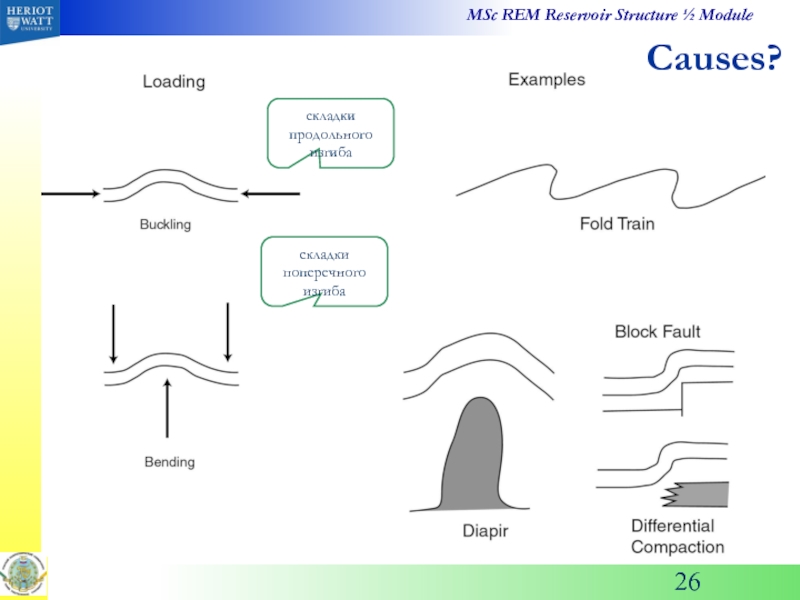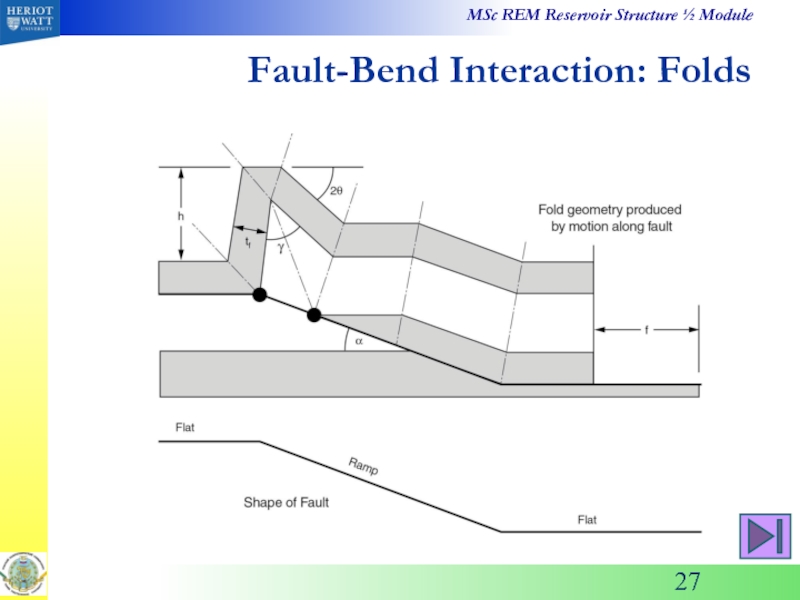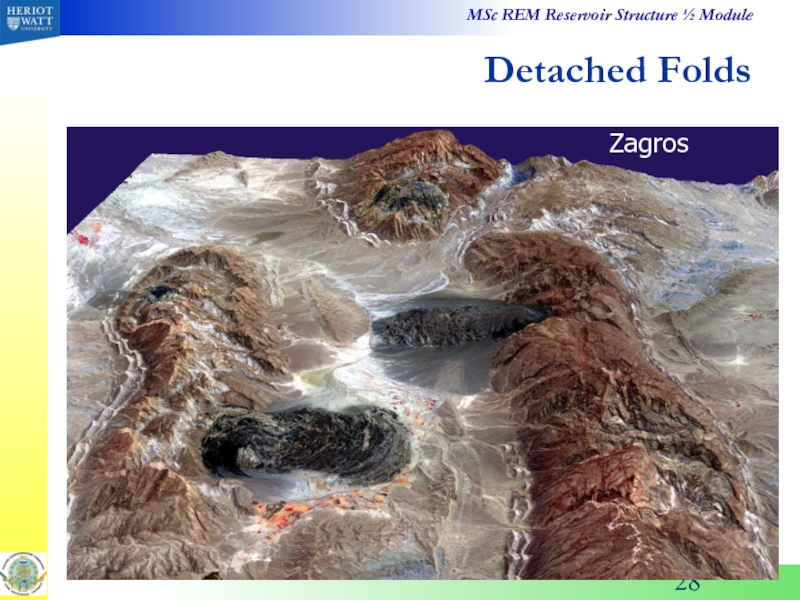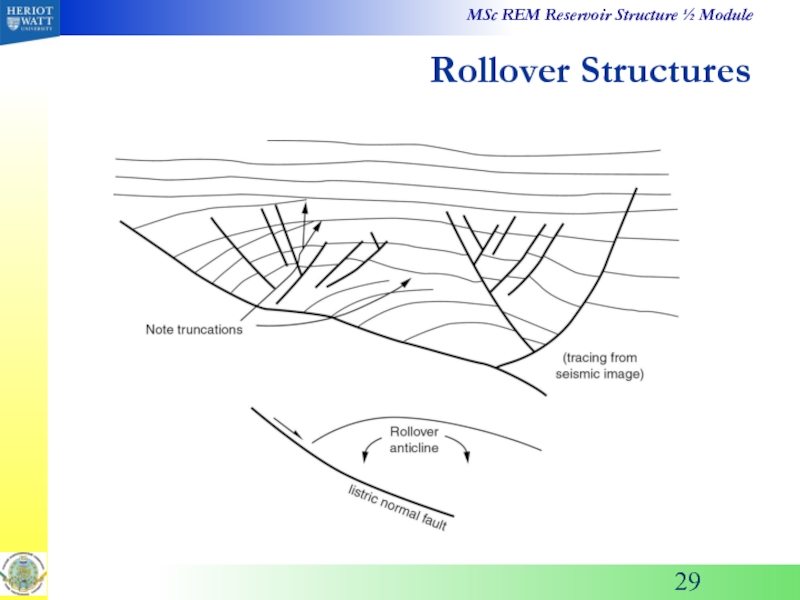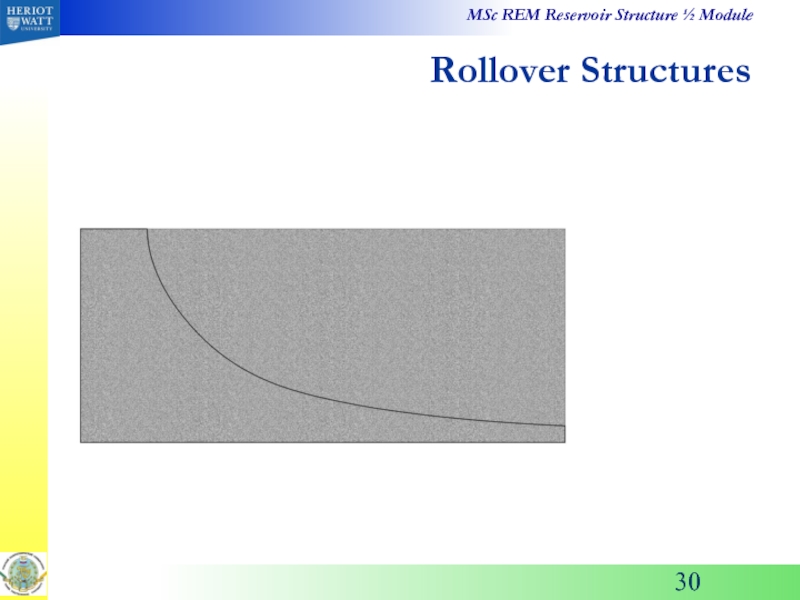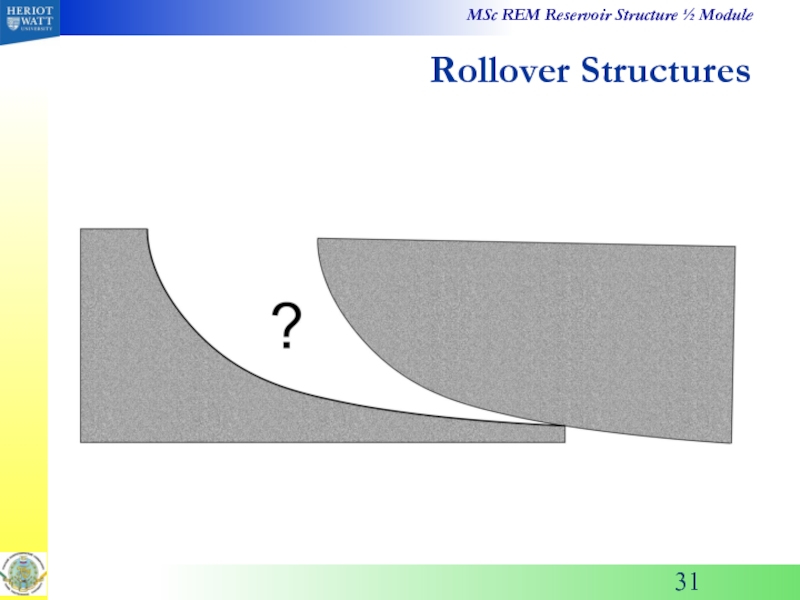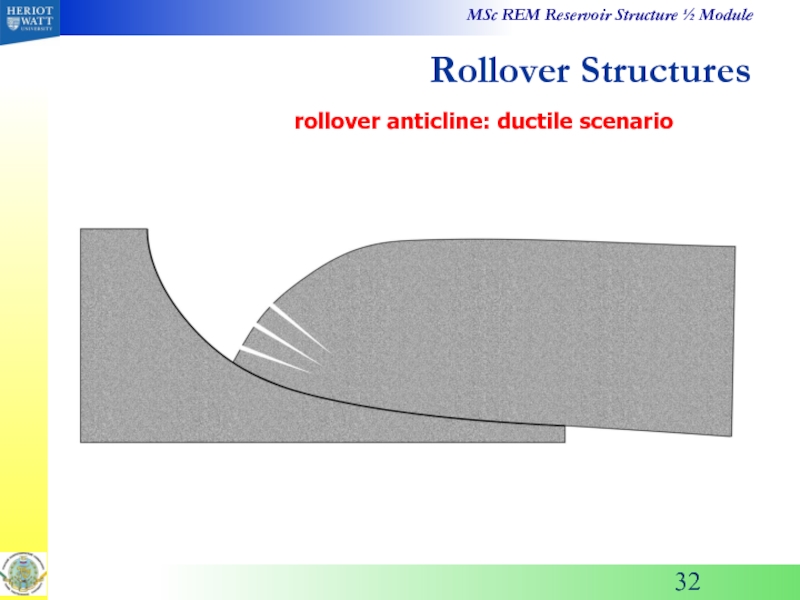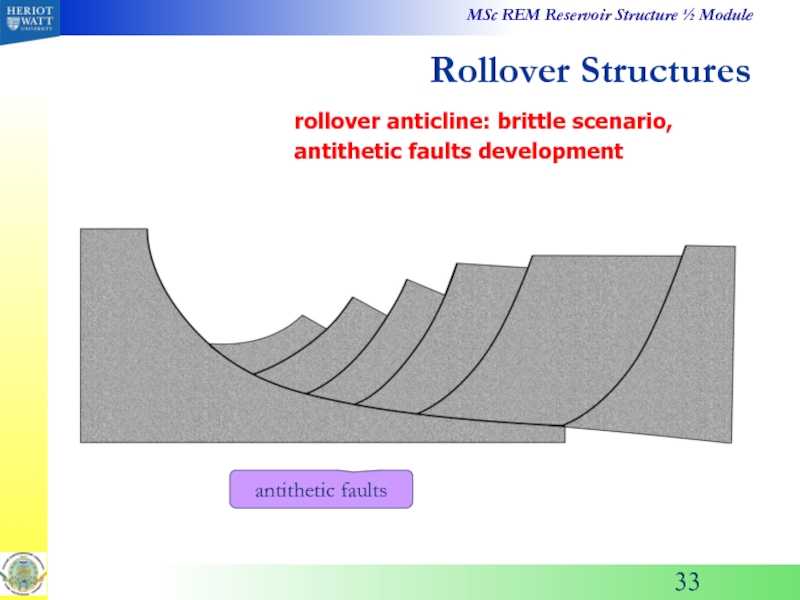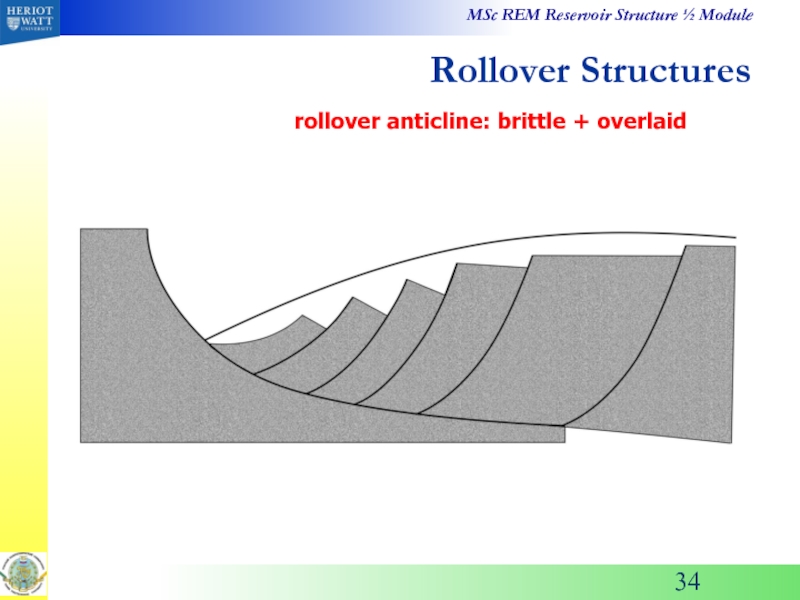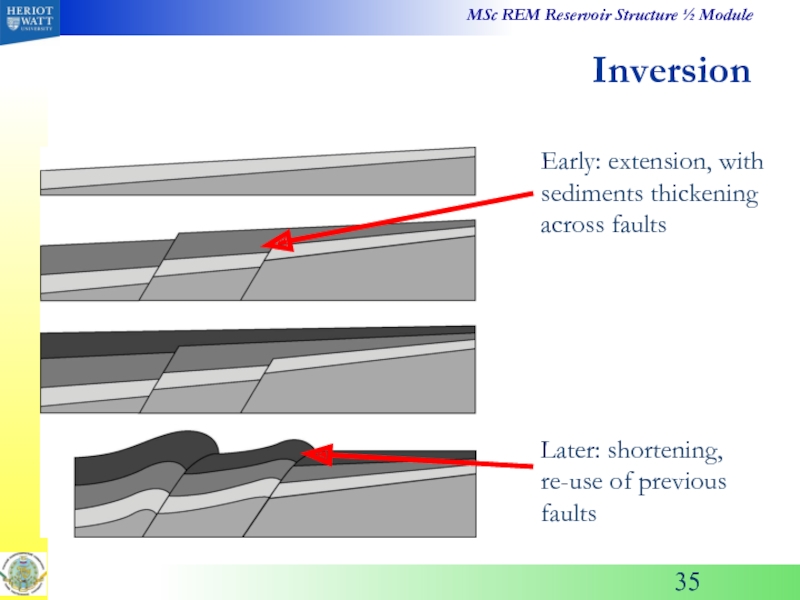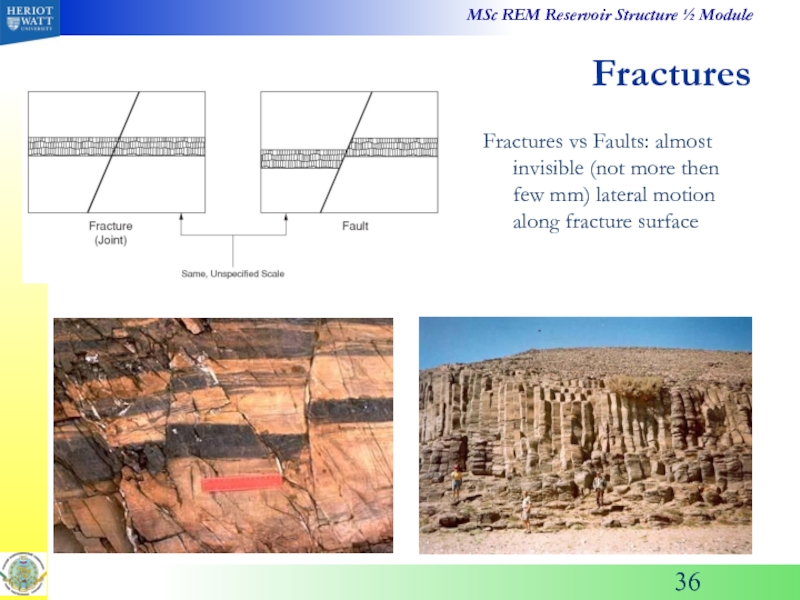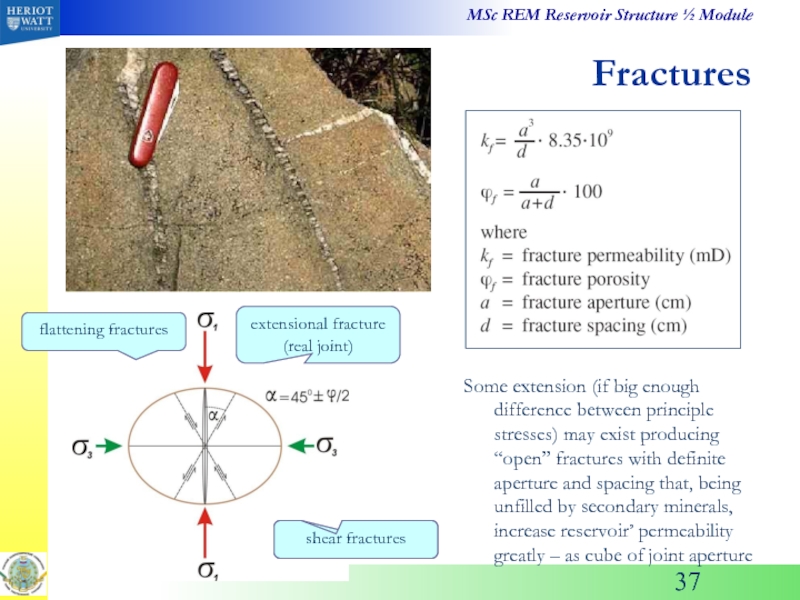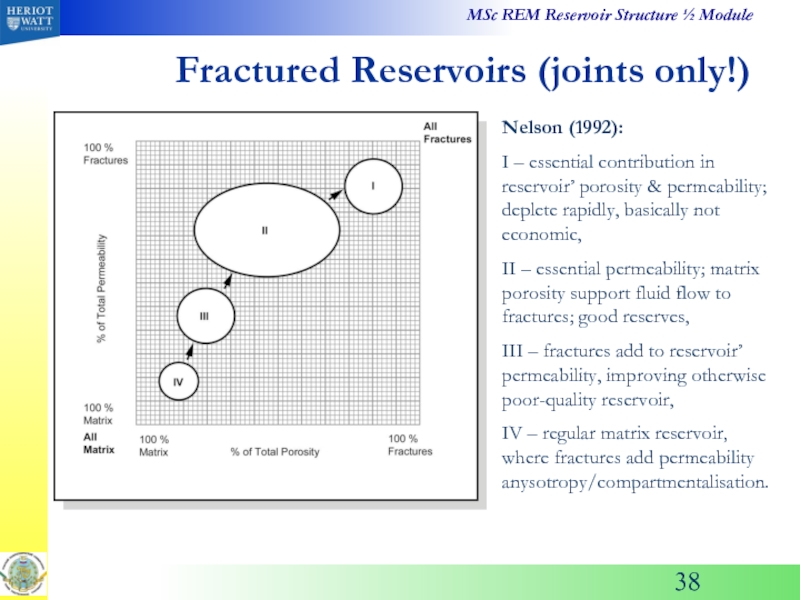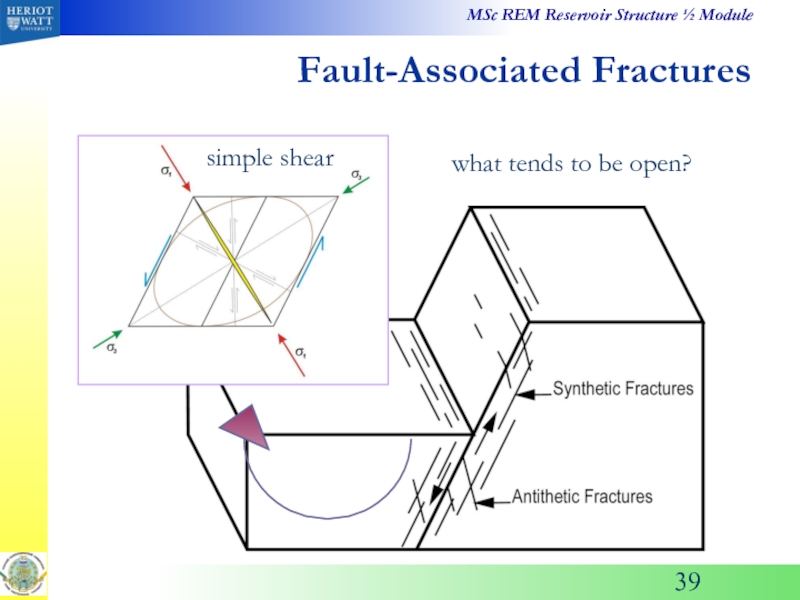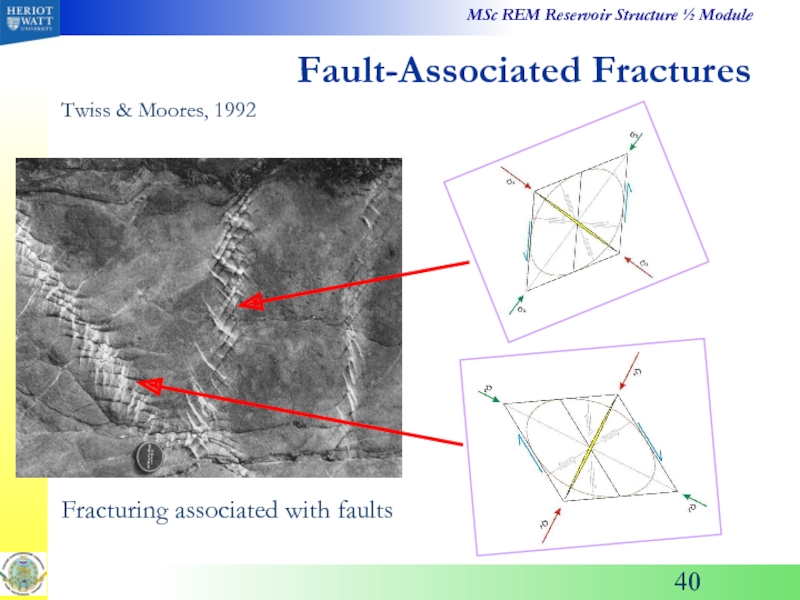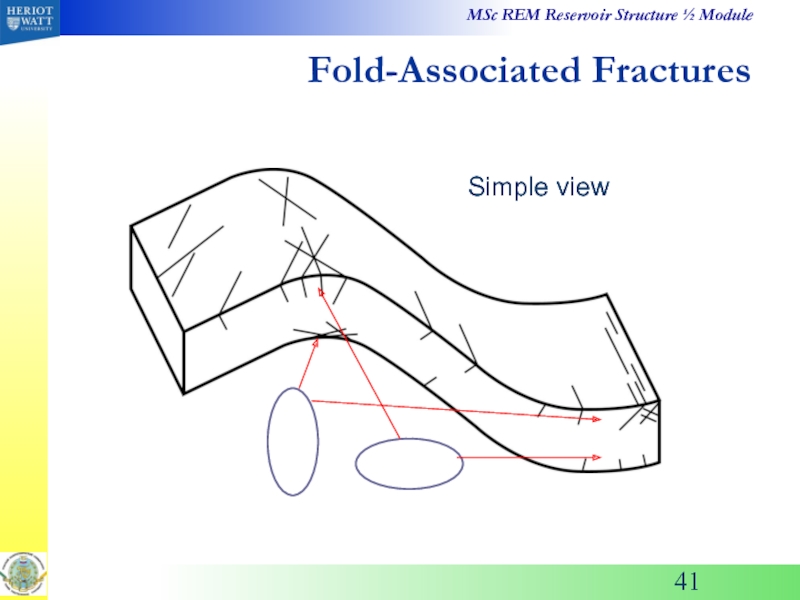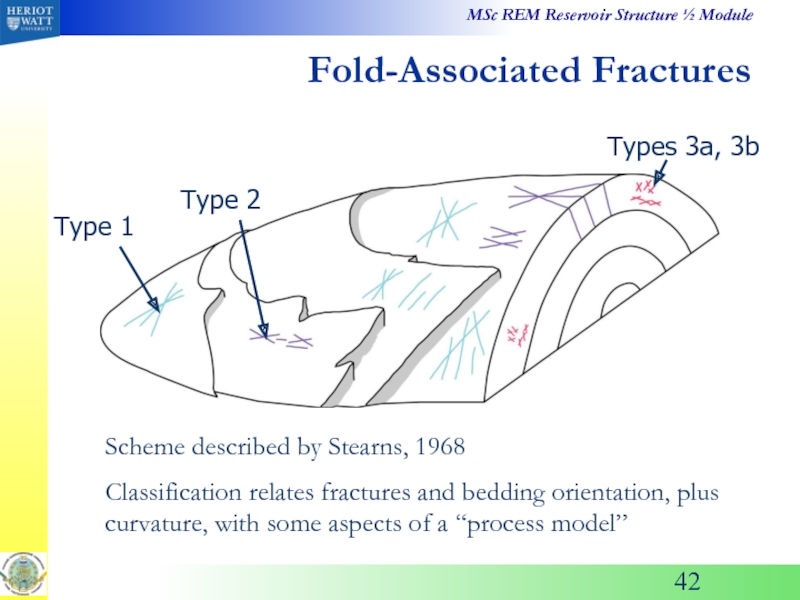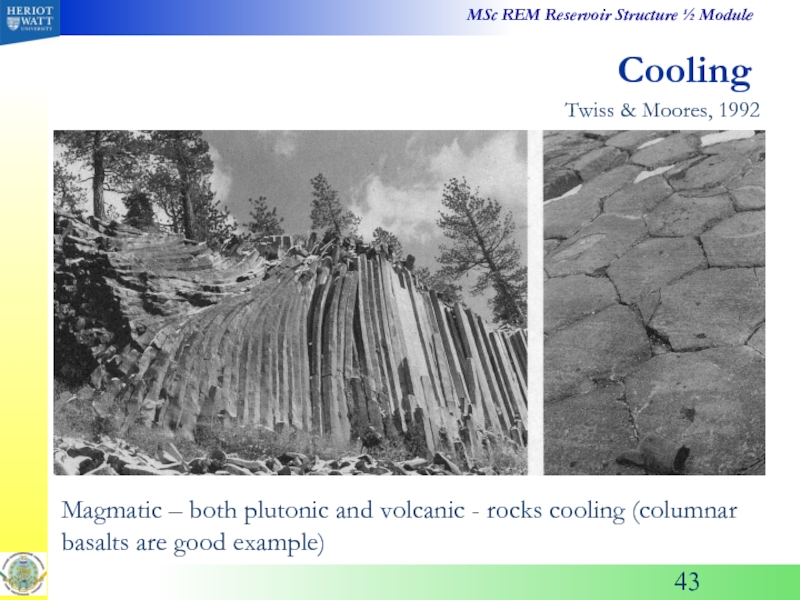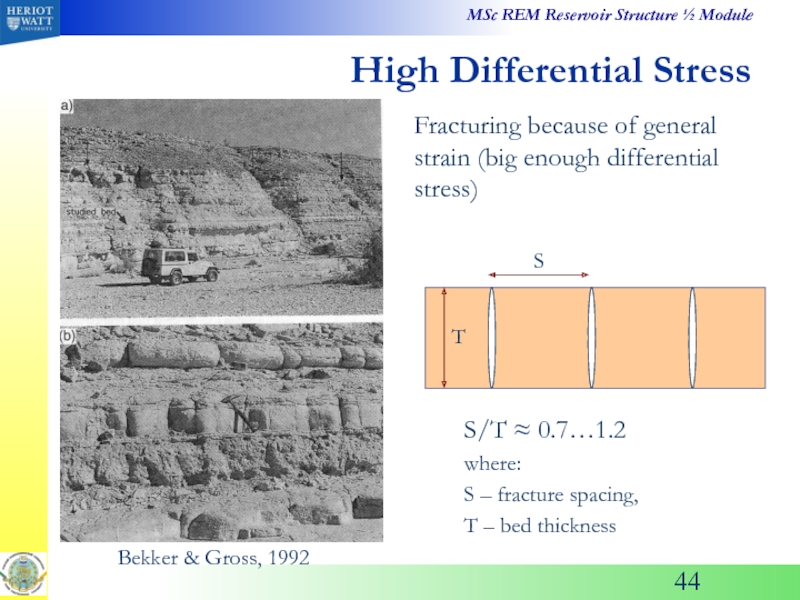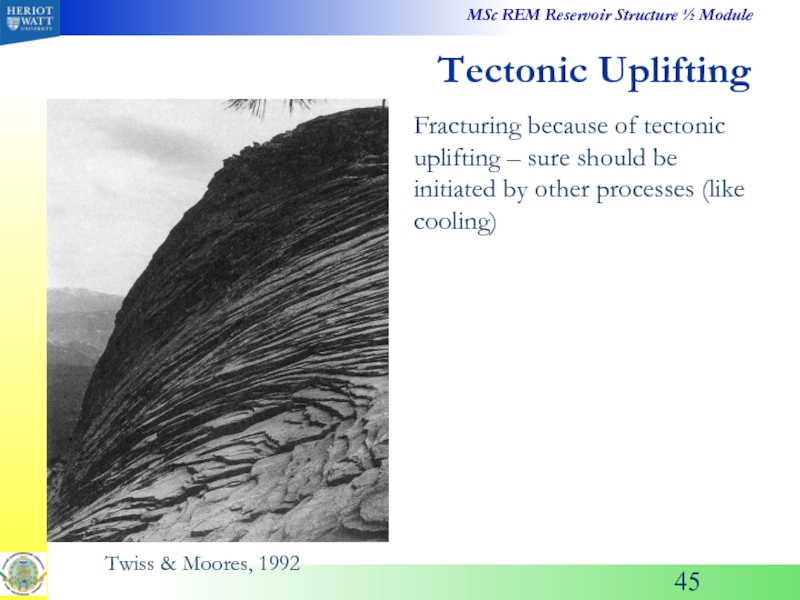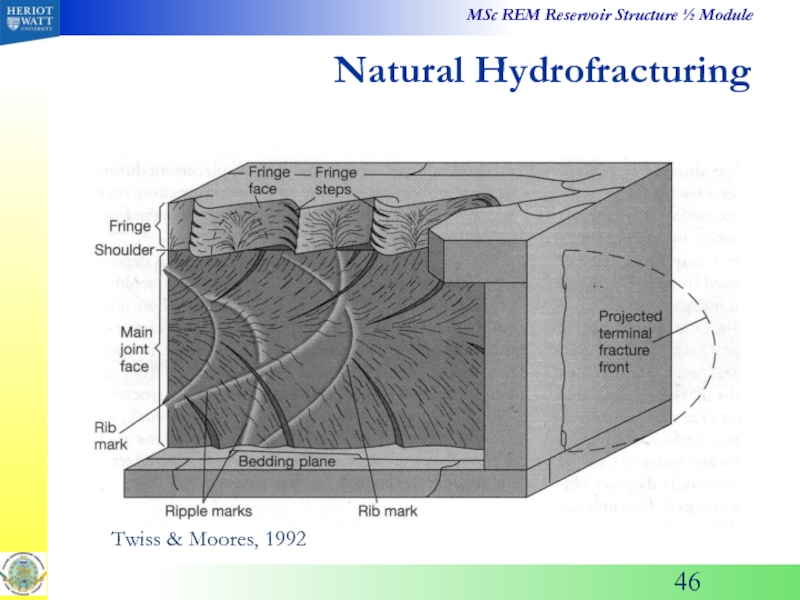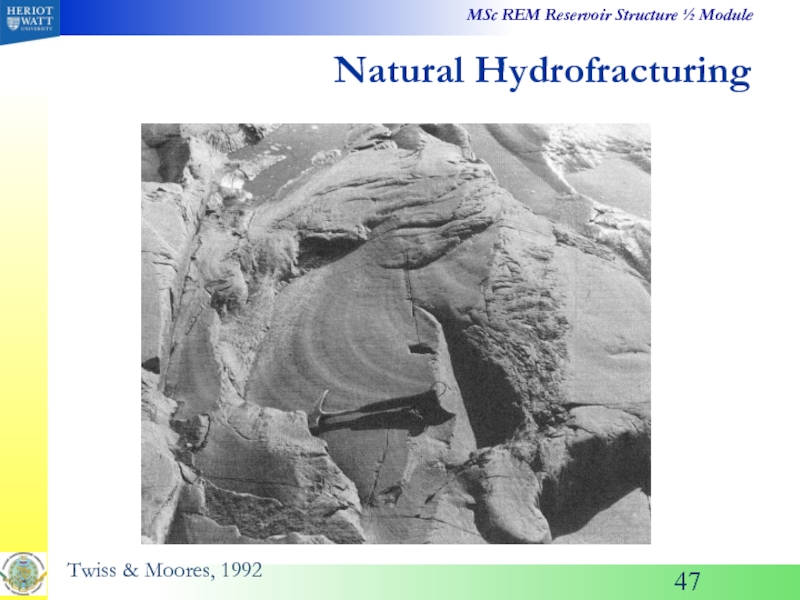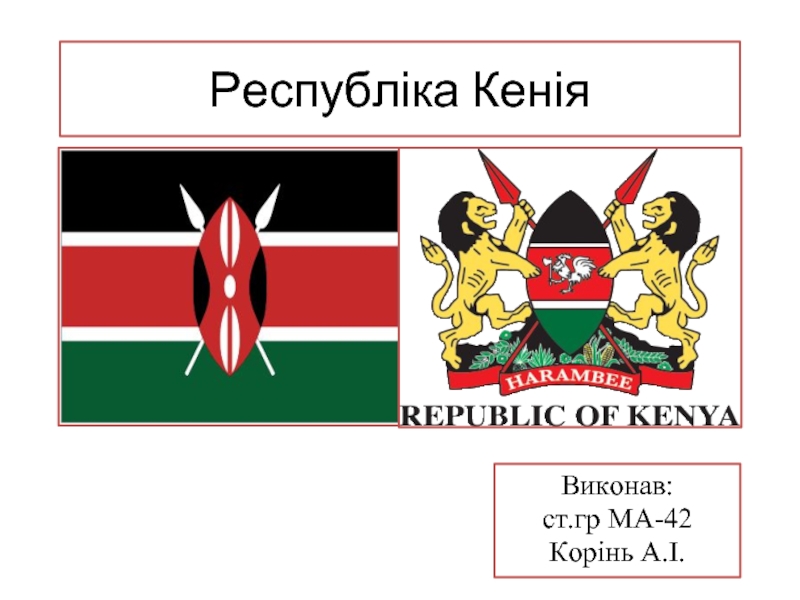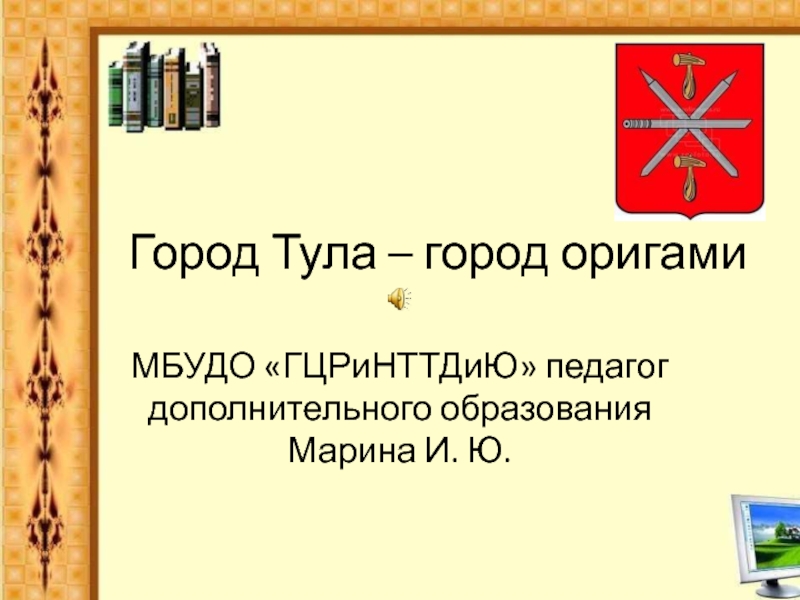- Главная
- Разное
- Дизайн
- Бизнес и предпринимательство
- Аналитика
- Образование
- Развлечения
- Красота и здоровье
- Финансы
- Государство
- Путешествия
- Спорт
- Недвижимость
- Армия
- Графика
- Культурология
- Еда и кулинария
- Лингвистика
- Английский язык
- Астрономия
- Алгебра
- Биология
- География
- Детские презентации
- Информатика
- История
- Литература
- Маркетинг
- Математика
- Медицина
- Менеджмент
- Музыка
- МХК
- Немецкий язык
- ОБЖ
- Обществознание
- Окружающий мир
- Педагогика
- Русский язык
- Технология
- Физика
- Философия
- Химия
- Шаблоны, картинки для презентаций
- Экология
- Экономика
- Юриспруденция
Introduce the crucial basic terminology of structural geology презентация
Содержание
- 1. Introduce the crucial basic terminology of structural geology
- 2. This Lecture Purpose: Introduce the crucial basic
- 3. Analysis Levels Geometrical shape and body’s relations
- 4. Strike Geographical North Pole 0/3600 East
- 5. Line Orientation West / 2700 South /
- 6. Planes Orientation Contour Lines 300 200 100
- 7. Orientation of Lines Again, multiple “rules” exist… «plunge» = «погружение»
- 8. Faults More-or-less planar surface along which there
- 9. Fault Names Normal Fault = «сброс» Reverse Fault = «взброс» Strike Slip Fault = «сдвиг»
- 10. Slip Direction The rock layers continue beyond
- 11. Naming the Blocks Old mining terms Hangingwall = «висячее крыло» Footwall = «лежачее крыло»
- 12. Recognizing Faults on Structural Maps Naming the
- 13. Anderson’ Faults Concept σ1 is vertical, σ2
- 14. Fault’s dip angle Hubbert & Willis, 1957
- 15. Stress Trajectory Variations Even “simple” loadings cause
- 16. Fault Sets - Extension Horst = горст
- 17. Fault Sets – Extension: a bit
- 18. Fault Sets - Shortening 1 2 3
- 19. What is a fold? And Fold Names
- 20. Hinge lines Crestline and Trough line are
- 21. Symmetry Symmetric folds (equal limb lengths) Asymmetric
- 22. Multi-layers Axial surface (not always plane) connects
- 23. Fold Names
- 24. Measuring Folds
- 25. Thickness changes? Isogone – line connected
- 26. Causes? складки продольного изгиба складки поперечного изгиба
- 27. Fault-Bend Interaction: Folds
- 28. Detached Folds Zagros
- 29. Rollover Structures
- 30. Rollover Structures
- 31. Rollover Structures
- 32. rollover anticline: ductile scenario Rollover Structures
- 33. rollover anticline: brittle scenario, antithetic faults development Rollover Structures antithetic faults
- 34. rollover anticline: brittle + overlaid Rollover Structures
- 35. Inversion Early: extension, with sediments thickening across
- 36. Fractures Fractures vs Faults: almost invisible (not
- 37. Fractures Some extension (if big enough difference
- 38. Fractured Reservoirs (joints only!) Nelson (1992): I
- 39. Fault-Associated Fractures what tends to be open? simple shear
- 40. Fracturing associated with faults Twiss & Moores, 1992 Fault-Associated Fractures
- 41. Fold-Associated Fractures Simple view
- 42. Fold-Associated Fractures Scheme described by Stearns, 1968
- 43. Cooling Magmatic – both plutonic and volcanic
- 44. High Differential Stress Fracturing because of general
- 45. Tectonic Uplifting Fracturing because of tectonic uplifting
- 46. Natural Hydrofracturing Twiss & Moores, 1992
- 47. Twiss & Moores, 1992 Natural Hydrofracturing
Слайд 2This Lecture
Purpose: Introduce the crucial basic terminology of Structural Geology
Outline:
Orientation of
Faults
Folds
Faults/Fold relationships
Fractures
Typical Features for shortening/extention environments
Слайд 3Analysis Levels
Geometrical
shape and body’s relations
Kinematical
motions
Geomechanical
stress/strain relations (incl. ductile/brittle type of deformation)
Increasing
More Interpretative
More descriptive
Слайд 4Strike
Geographical North Pole
0/3600
East / 900
West / 2700
South / 1800
True (Geographical)
Rules:
always measure clockwise,
may be measured with two results with 1800 difference:
350 or 2150 – both are correct
350
2150
Слайд 5Line Orientation
West / 2700
South / 1800
Magnetic Strike Direction is: 350-70 =
350
2150
Magnetic North Pole
magnetic declination (some 70 in West Siberia)
Слайд 6Planes Orientation
Contour Lines
300
200
100
Structure Contour Map
projection
Multiple “rules” exist…
True for the Left-Hand Rule.
Basically dip should be noted: 22SW/105.
Alternatively Dip direction (Instead of Strike) may be noted.
Слайд 8Faults
More-or-less planar surface along which there has been relative displacement of
OR
Process zone (finite thickness) in which fault-rock materials are created and altered?
(Hooper, Hatcher, 1988)
Слайд 10Slip Direction
The rock layers continue beyond the ends of the drawing!
Strike
opposite block moves to the left: Sinistral Strike Slip = «левосторонний сдвиг»
opposite block moves to the right: Dextral Strike Slip = «правосторонний сдвиг»
Слайд 12Recognizing Faults on Structural Maps
Naming the blocks and recognizing fault’ types
Kisimbay
Слайд 13Anderson’ Faults Concept
σ1 is vertical, σ2 and σ3 are horizontal
σ1 and
σ1 and σ3 are horizontal, while σ2 is vertical
σ1 ≥ σ2 ≥ σ3
Слайд 14Fault’s dip angle
Hubbert & Willis, 1957
potential hydro fracture orientation
Strain ellipse
were
φ is a internal friction angle. For sand/sandstones within elastic behavior φ ≈ 300 (and strongly depends on Poisson ratio)
Слайд 15Stress Trajectory Variations
Even “simple” loadings cause stress trajectories to curve, so
And complex loadings cause considerable spatial (and temporal) variations in the stress field.
Слайд 16Fault Sets - Extension
Horst = горст
Graben = грабен
Half Graben = полуграбен
Listric
σ1 is vertical, σ2 and σ3 are horizontal
Слайд 18Fault Sets - Shortening
1
2
3
4
5
6
7
Duplex Zone = дуплекс
Imbicate Fan = чешуйчатый надвиг
Detachment
Слайд 19What is a fold? And Fold Names
Anticlines are a major trap
Feature where rock layers or other markers become non-planar due to deformation
Слайд 20Hinge lines
Crestline and Trough line are the lines of maximum and
Hinge Line traces points with maximum curvature (doesn’t necessary coincide with Crest/Trough lines)
Inflection Line (i) separates adjacent folds and traces area with minimal curvature (points of changing curvature sign)
Limb (or Flank) is low-curvature area between hinges (крыло складки)
Closure is an hight-curvature area around (or between) hinges (замок складки)
Describing Surfaces
Twiss & Moores, 1992
Слайд 21Symmetry
Symmetric folds (equal limb lengths)
Asymmetric folds (unequal limb lengths)
Limbs usually have
Limbs usually have same dip
симметричные прямые
наклонные (косые)
Слайд 22Multi-layers
Axial surface (not always plane) connects multiple hinge lines (that is
Inflection surface include inflection lines
Слайд 25Thickness
changes?
Isogone – line connected points with same dip angle
Similar Folds
Слайд 33rollover anticline: brittle scenario, antithetic faults development
Rollover Structures
antithetic faults
Слайд 35Inversion
Early: extension, with sediments thickening across faults
Later: shortening, re-use of previous
Слайд 36Fractures
Fractures vs Faults: almost invisible (not more then few mm) lateral
Слайд 37Fractures
Some extension (if big enough difference between principle stresses) may exist
shear fractures
extensional fracture (real joint)
flattening fractures
Слайд 38Fractured Reservoirs (joints only!)
Nelson (1992):
I – essential contribution in reservoir’ porosity
II – essential permeability; matrix porosity support fluid flow to fractures; good reserves,
III – fractures add to reservoir’ permeability, improving otherwise poor-quality reservoir,
IV – regular matrix reservoir, where fractures add permeability anysotropy/compartmentalisation.
Слайд 42Fold-Associated Fractures
Scheme described by Stearns, 1968
Classification relates fractures and bedding orientation,
Type 1
Type 2
Types 3a, 3b
Слайд 43Cooling
Magmatic – both plutonic and volcanic - rocks cooling (columnar basalts
Twiss & Moores, 1992
Слайд 44High Differential Stress
Fracturing because of general strain (big enough differential stress)
Bekker
S
T
S/T ≈ 0.7…1.2
where:
S – fracture spacing,
T – bed thickness
Слайд 45Tectonic Uplifting
Fracturing because of tectonic uplifting – sure should be initiated
Twiss & Moores, 1992
